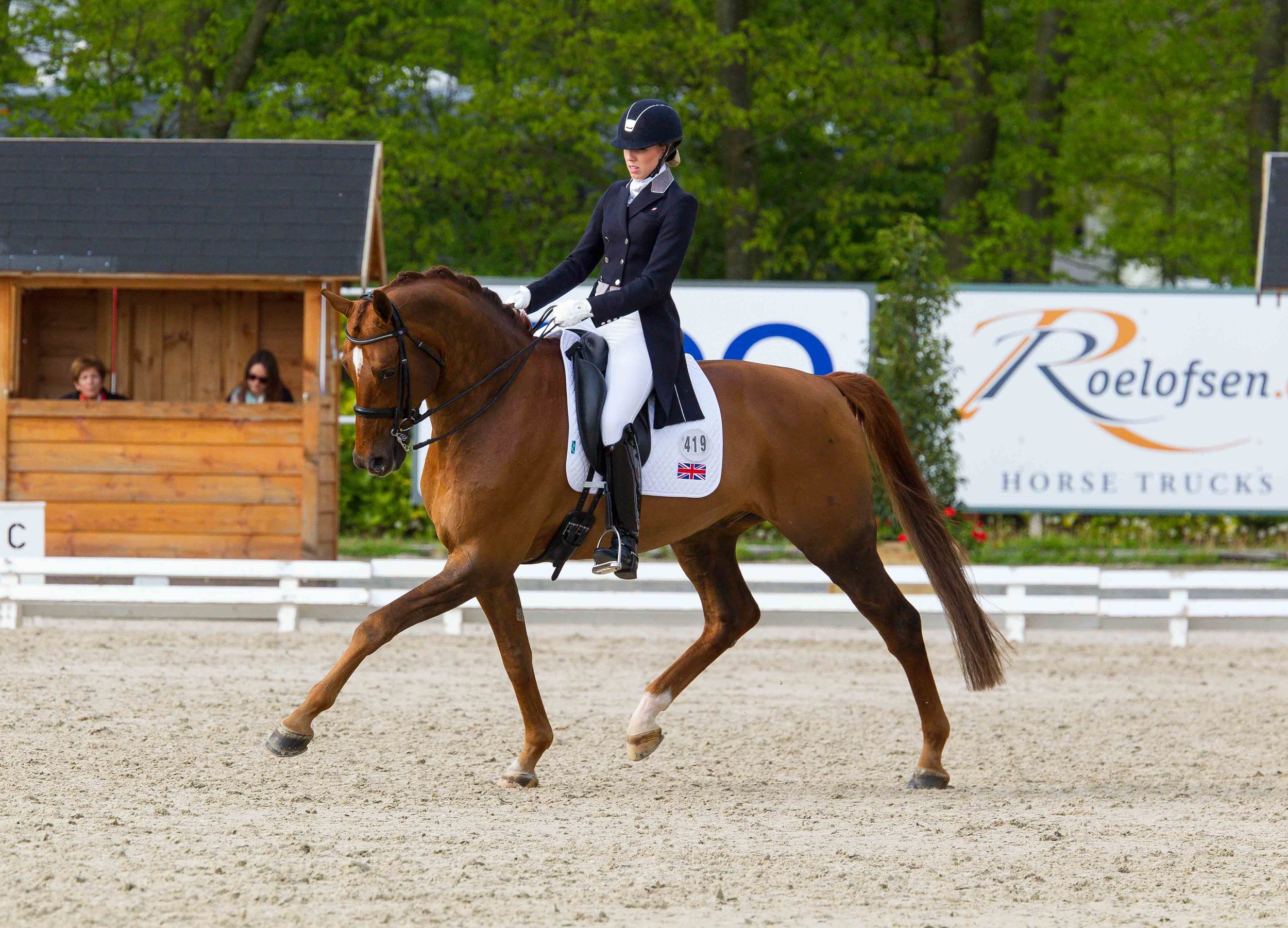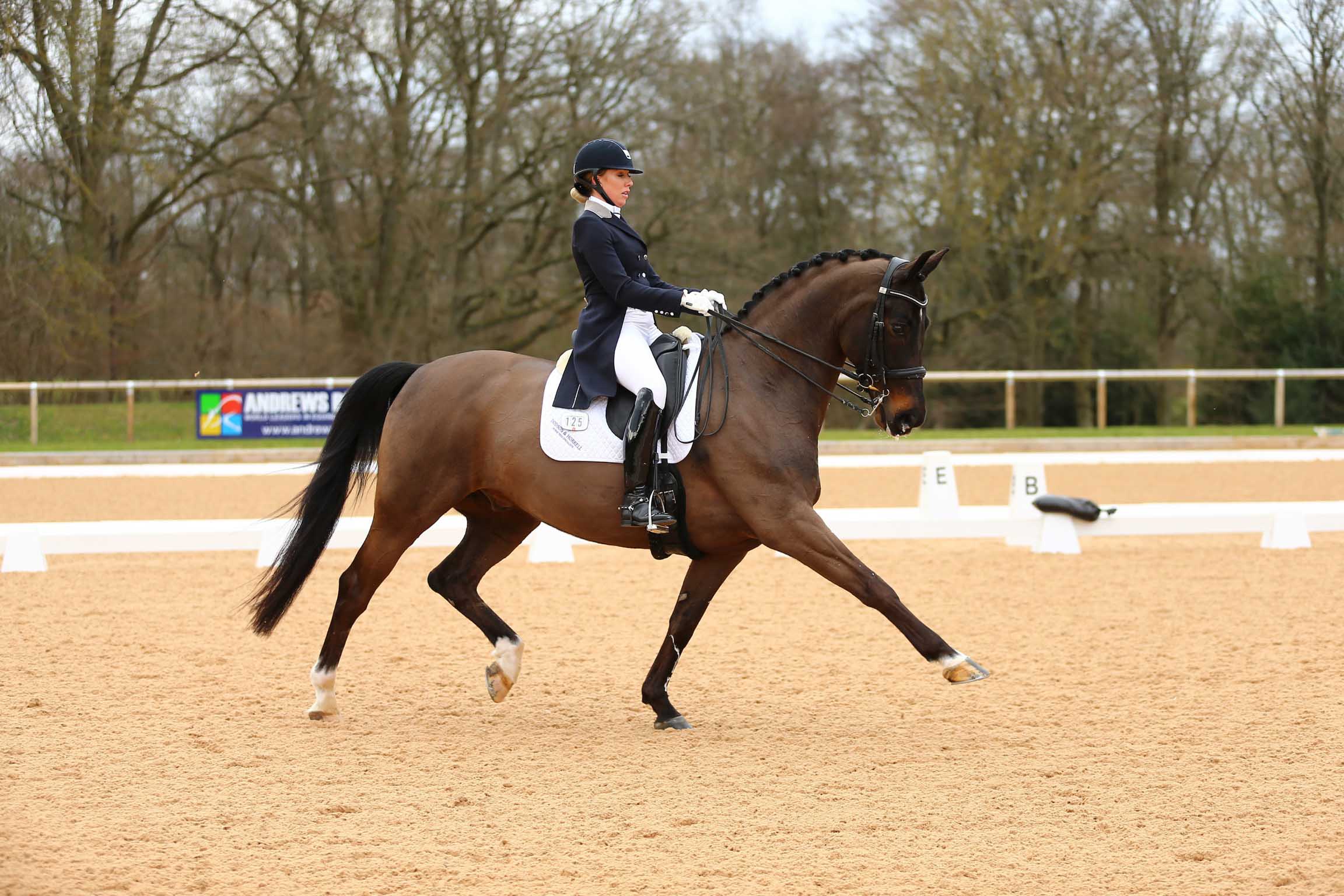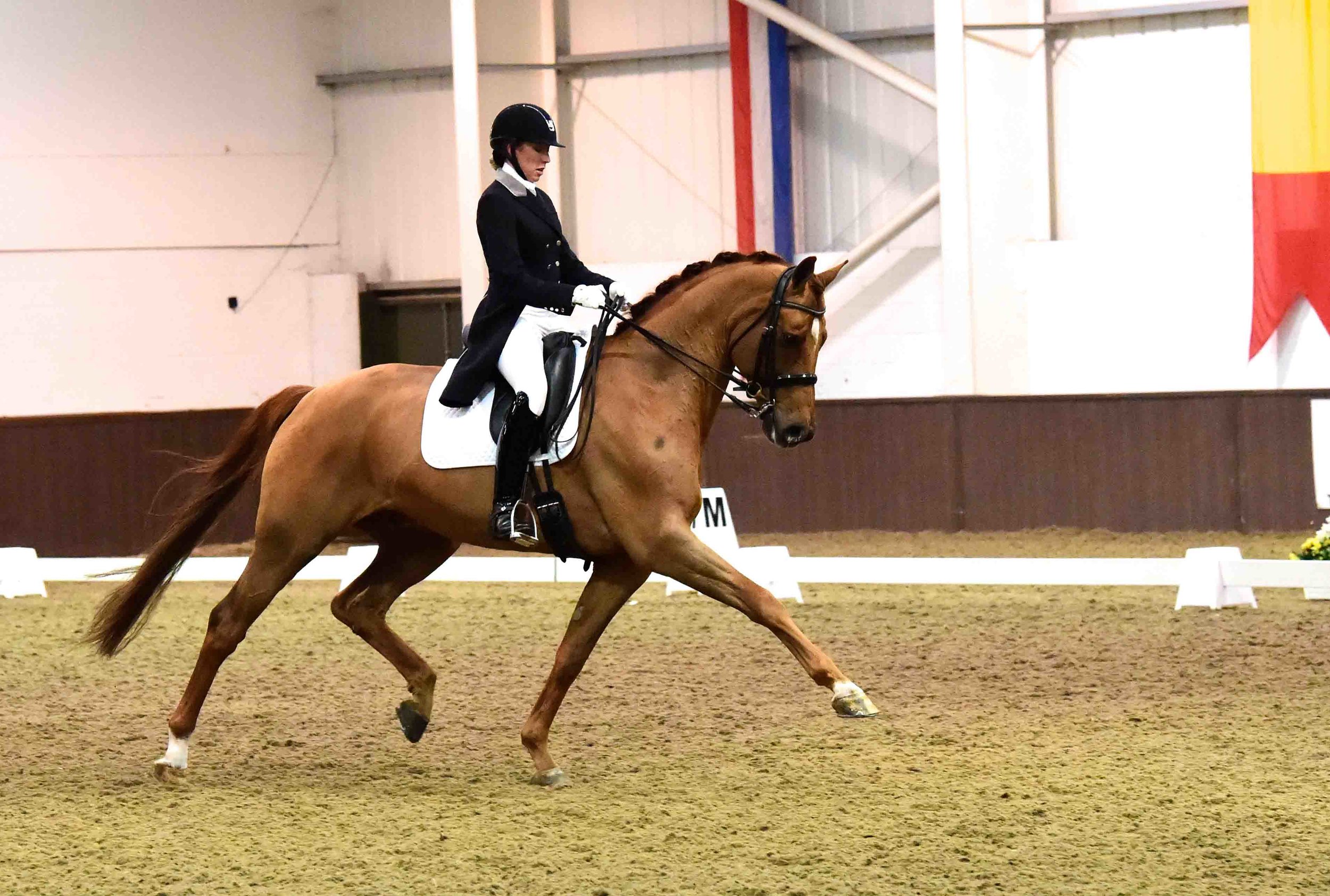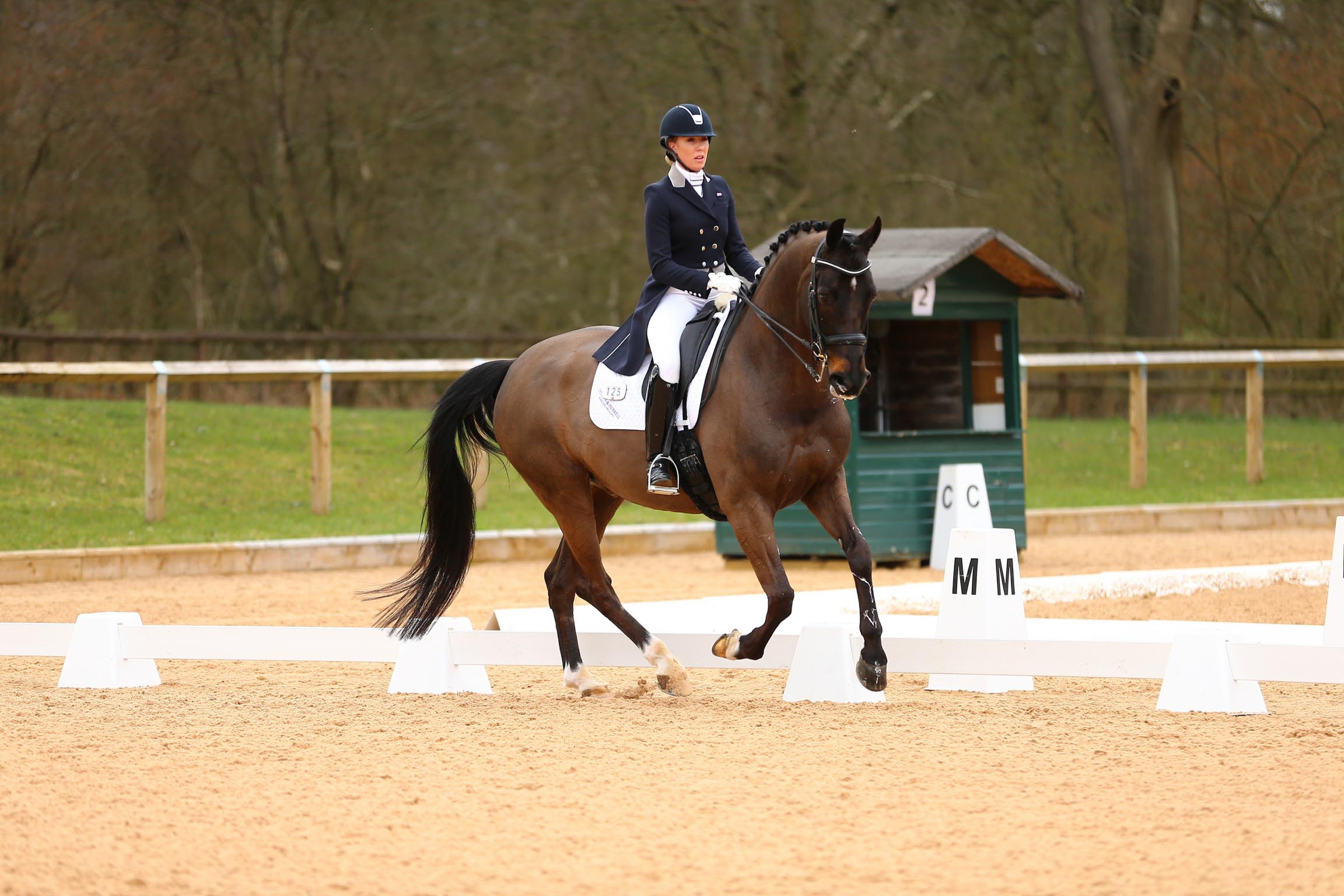What is Dressage?
According to the Dressage governing body, the International Equestrian Federation (FEI):
“Dressage, the highest expression of horse training, is considered the most artistic of the equestrian sports and can be traced as far back as ancient Greece. The horse has to perform at a walk, trot and canter, and all tests are ridden from memory and follow a prescribed pattern of movements. The only exception is the Freestyle which is specially choreographed for each horse and is performed to music.” (FEI)
British Dressage was catapulted to stardom thanks to the double gold medals achieved by Team GB’s Dressage team at London 2012. Many had never heard of dressage prior to these Olympic Games and it was suddenly recognisable as the sport of the ‘Dancing Horses’.
It is often a miss-understood sport with little knowledge as to what it entails such as how anyone could possibly make the horse ‘dance’ and produce movements such as the piaffe, passage and pirouette.
The word ‘dressage’ is a French term, that means ‘training’. Dressage is said to have evolved from the training of Calvary horses for combat on the battle field and has come a long way evolving into an elegant and refined Olympic sport.
Harmonious performance is only possible when the rider has a correct and well-balanced body position, moves with the horse's motion and times the aids (commands) correctly. Dressage looks deceptively easy, but to do it well is incredibly difficult. It takes years of dedication and training to reach the ‘Grand Prix’ (GP) level seen at the Olympics, and equestrianism is the only Olympic sport in which men and women compete against each other on equal terms, and the only one to team up athletes with animals.
The close relationship between horse and rider is critical and takes months, if not years, to nurture, and the bond between horse and rider must be firmly established to compete at the top levels;
• In competition, riders perform a series of choreographed movements known as a ‘dressage test’.
• Horse and rider are given a mark out of ten for each movement they perform,
• plus additional marks for the horse’s paces (the way it moves), impulsion (its desire to work actively), submission (evidence of willingness), and the rider’s position.
• The average of these scores gives a percentage, which is the final mark.
• It is extremely rare to be awarded a ten, and dressage riders continually strive for that ever elusive perfection of 100%.
• The world record for a Grand Prix freestyle, (where all elements of the normal GP must be performed to individually choreographed music) is 93.975%, achieved by British Dressage rider Charlotte DuJardin and her horse Valegro in 2013. They now hold all 3 world records for the Grand Prix, Grand Prix Special and Grand Prix Freestyle.






